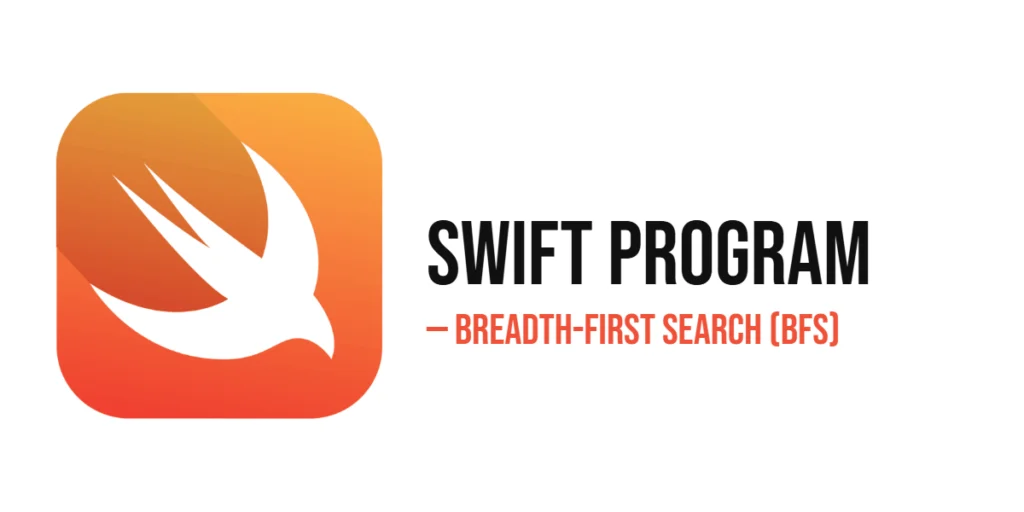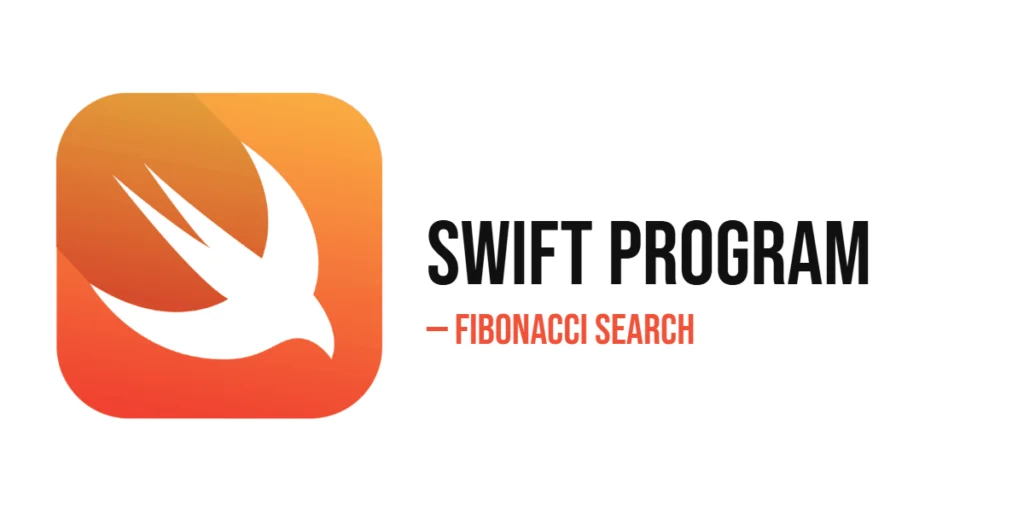PHP Program to Implement Radix Sort
Sorting numbers is one of the most common tasks in programming, and Radix Sort is a special sorting technique that takes a different path from traditional comparison-based algorithms. Instead of comparing two values one by one, Radix Sort groups numbers by their digits. It sorts them from the smallest place value to the largest or […]
PHP Program to Implement Radix Sort Read More »









